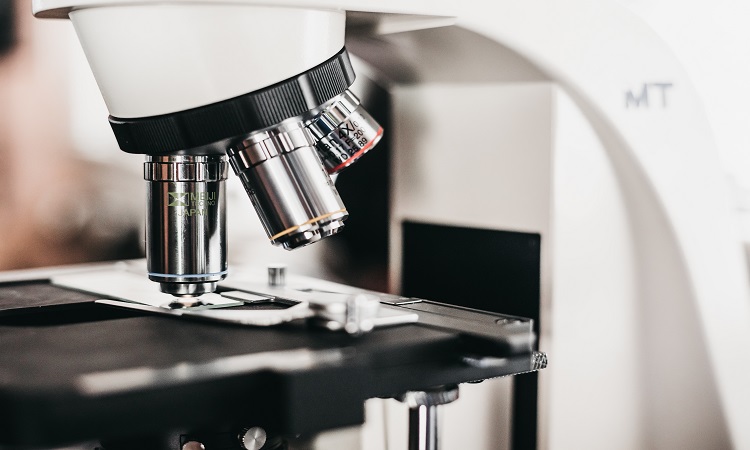LRG1, or Leucine-Rich Alpha-2-Glycoprotein 1, is a fascinating protein with a diverse range of functions in the human body. It’s a secreted protein, meaning it travels outside the cell, and belongs to the leucine-rich repeat (LRR) family, known for their protein-protein interaction capabilities. Let’s delve into the world of LRG1, exploring its structure, functions, and potential involvement in disease.
Unpacking the Structure of LRG1
Composed of around 312 amino acids, LRG1 is a glycoprotein, meaning it also harbors sugars attached to its amino acid chain. This unique structure, characterized by eight leucine-rich repeats and specific domains, equips LRG1 for its versatile interactions with other molecules. Its molecular weight varies depending on the degree of glycosylation but typically falls within the range of 40-50 kDa.
Unveiling the Functions of LRG1
LRG1, a true jack-of-all-trades, plays many roles in the body. Some of its key functions include:
· Neovascularization: LRG1 promotes the growth of new blood vessels (neovascularization) by influencing the transforming growth factor beta (TGF-β) signaling pathway. This function has implications for both healthy processes like wound healing and pathological conditions like tumor development.
· Inflammation: LRG1’s interactions with immune cells suggest involvement in inflammatory processes. Its levels are elevated in various inflammatory conditions, like appendicitis, pointing to its potential role as a disease marker.
· Cell adhesion and migration: LRG1 influences how cells stick to each other and move around. This is crucial for tissue development, immune responses, and even cancer cell behavior.
· Cytoprotection: LRG1 can bind to cytochrome c, a protein involved in cell death pathways. This interaction suggests a potential role in protecting cells from apoptosis (programmed cell death).
Exploring the Pathways LRG1 Intersects
As a versatile protein, LRG1 interacts with several signaling pathways, playing a part in their intricate dance:
· TGF-β pathway: LRG1 binds to the accessory receptor endoglin, influencing the TGF-β signaling pathway and promoting neovascularization.
· JAK-STAT pathway: LRG1 may modulate the JAK-STAT pathway, involved in cell proliferation and inflammation.
· Wnt pathway: LRG1 has been shown to interact with components of the Wnt pathway, crucial for embryonic development and cell fate decisions.
Researching LRG1: Potential and Promise
The diverse functions of LRG1 attract scientific researchers from various fields. Here are some promising research areas:
· Cancer: Elevated LRG1 levels are found in many cancers, indicating a potential role in tumor growth and metastasis. Understanding how LRG1 functions in cancer could lead to novel therapeutic targets.
· Inflammation: LRG1’s involvement in inflammatory processes makes it a potential biomarker for diseases like arthritis and psoriasis. Studying its role could unlock new diagnostic and treatment strategies.
· Neurodegenerative diseases: LRG1 expression is altered in some neurodegenerative diseases, like Alzheimer’s disease. Investigating its role in these conditions could open doors for better therapeutic interventions.
Conclusion
LRG1, with its multifaceted functions and connections to various pathways, presents a compelling puzzle for researchers. By unlocking its secrets, we could gain valuable insights into human health and pave the way for new diagnostic tools and therapeutic advancements in diverse disease areas.
This article provides a concise overview of LRG1, leaving the door open for further exploration and in-depth research into this intriguing protein and its potential impact on our well-being.









